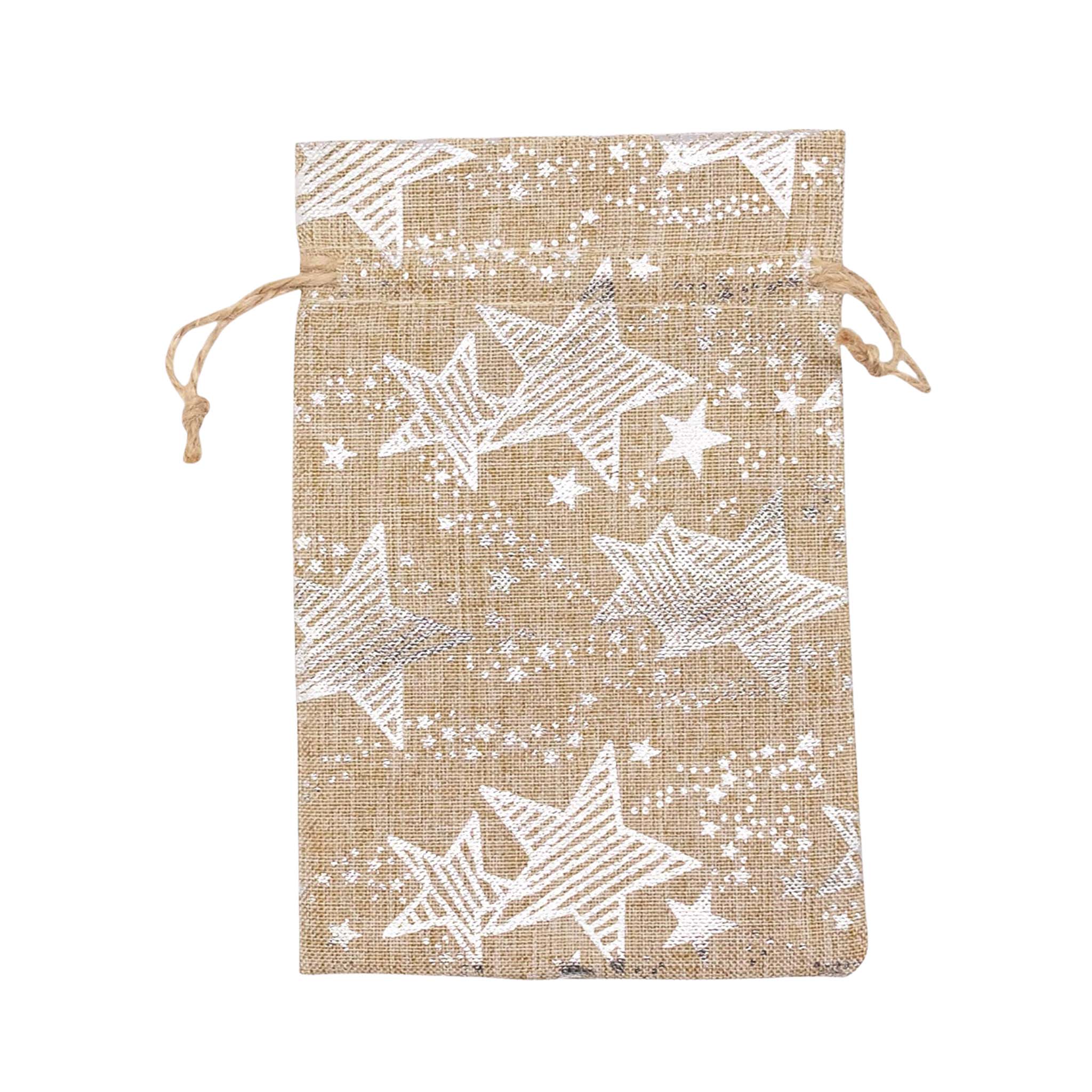A few days ago, we had the opportunity to meet Indonesian artisans in Cirebon, one of the country’s most renowned batik centers. On our way to visit the artisans who collaborate with our brand, the roads were lined with small batik shops and workshops. As we entered the village area, we saw dozens—if not hundreds—of artisans creating batik in their homes and studios. Bright fabrics were drying under the sun, and the entire village felt alive with heritage.
Cirebon’s coastal climate is naturally hot, but the heat becomes even more intense near boiling wax pots used in the batik process. Still, the artisans’ perseverance is unwavering. Many of them have been doing this craft for 15–20 years, most learning directly from their parents or in-laws. Some shared that the work began simply by “helping” at home, until eventually they fell in love with the craft and continued it into adulthood.
During our visit, we interviewed several artisans, and their stories had one thing in common: batik is a tradition passed down through generations.
Many explained the differences between techniques.
Hand-drawn batik (batik tulis) is the most meticulous, patterns are drawn with a canting, producing finer, softer lines and richer color combinations. Stamped batik (batik cap) uses copper stamps dipped in hot wax, allowing artisans to produce repeating patterns more quickly. Then there is printed batik, which doesn’t use wax at all and is produced entirely by machine.

They shared that traditional batik, especially hand-drawn, takes far longer. A single piece of hand-drawn batik can take up to a month. Stamped batik takes about a week. And because all dyeing is done manually, the colors can never be perfectly identical from one batch to another. This is both a challenge and the beauty of handmade batik.

Beyond the technical process, the artisans spoke openly about their challenges: unstable colors due to weather changes, competition with mass-produced printing, and the high cost of materials. Yet, they continue creating batik out of pride, passion, and a deep sense of responsibility to preserve their heritage.
One artisan said something that stayed with us:
“Batik is a process, not a pattern. What makes it batik is the act of creating the fabric using traditional wax techniques with canting tools and copper stamps.”
Another shared how meaningful the craft has been for her family, allowing her to send her children to school and provide work for neighbors in the village. Many hoped their batik could be known not only across Indonesia but also internationally.
Leaving Cirebon, we felt a renewed appreciation for the artisans who keep this tradition alive. Their dedication, skill, and stories are woven into every piece, making batik not just a textile but a living heritage worth honoring and protecting.



